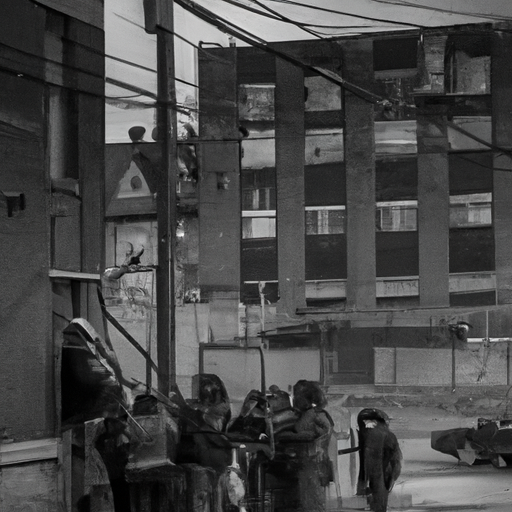Understanding Naloxone, an Opioid Overdose-Reversing Drug amidst the Canadian Opioid Crisis
In light of the escalating opioid crisis, understanding the facts and figures about naloxone, an opioid overdose-reversing drug, has become paramount. This article, a deep dive into the scenario based on a report by National Post, seeks to shed light on naloxone and its crucial role in saving lives.
The Opioid Crisis
It’s no secret that Canada has been battling an escalating opioid crisis. The prevalence of opioids has led to an alarming rise in overdose cases and deaths, disrupting numerous families and community structures. Understanding the depth of this scenario necessitates a closer look at the effects of the crisis and the interventions being put in place.
The Effects of The Opioid Crisis
- Statistics reveal that opioids were involved in 75 percent of the total 4,612 drugs toxicity deaths in 2020, indicating a 59 percent increase from the previous year.
- The crisis has led to an increased rate of crime, as individuals addicted to opioids often resort to criminal activities such as theft to acquire these drugs.
- The crisis has further marginalized the vulnerable demographics, including the Quebec homeless population, who are disproportionately affected by opioids.
- A considerable increase in hospitalizations and strain on the healthcare system is another grim effect of the opioid crisis.
Dealing with the Crisis: The Role of Naloxone
Naloxone, also known as narcan, is making headway as a powerful tool to combat the opioid crisis. As an emergency medication, it is designed to rapidly reverse an opioid overdose and has proved its efficacy in numerous situations.
Giving Away Naloxone: A move to Curb the Crisis
In a bid to curb the opioid crisis, naloxone is being provided free of cost in pharmacies across Canada. This strategy aims at making naloxone more accessible to people at risk of opioid overdose and their families. Already, more than a million kits have been distributed across Canada since 2016.
- Toronto’s Public Health has made naloxone available at shelters, outreach services provider locations, and at all three supervised consumption service locations.
- Ontario has already distributed more than 400,000 naloxone kits and are planning to ensure more people receive the training required to use naloxone.
The Legal Ramifications – Canadian Opioid Abatement Class Action
In the face of the opioid crisis, the legal system has also taken measures to address the drug manufacturers, who are sued under the Canadian opioid abatement class action. The premise being these manufacturers have downplayed the addictive nature of these drugs while overstating their benefits.
Conclusion
The Canadian opioid crisis is a complex issue that requires the concerted efforts of healthcare professionals, citizens, and lawmakers. Public health initiatives such as making naloxone freely available are significant steps in the right direction. However, prevention and education remain crucial elements for effective change. We must focus on the root causes, including addiction, mental health, and social inequity, to truly combat the opioid crisis and create safer, healthier communities.
